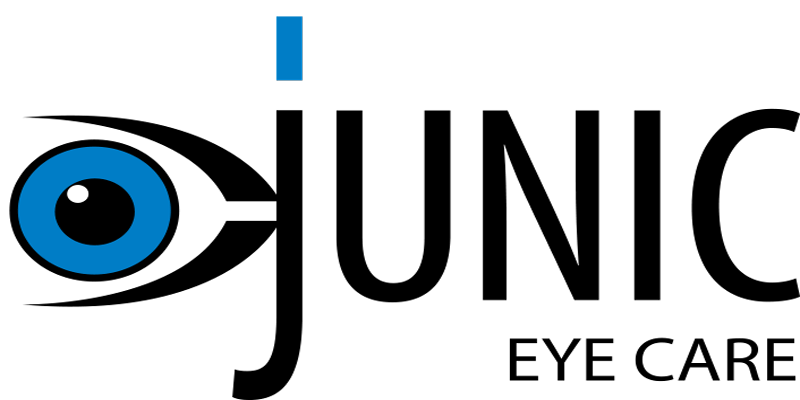As computers become part of our everyday life, more and more people are experiencing a variety of ocular symptoms related to computer use. These include eyestrain, tired eyes, irritation, redness, blurred vision, and double vision, collectively referred to as computer vision syndrome.
The advent of computers has revolutionized the workplace. Office work before now involved a range of activities like typing, filling papers etc that requires movement around the office hence providing the natural break from these activities. With the introduction of computers, these tasks have been combined to where most can be performed without moving from desktop but still producing improved job quality and efficiency. The ownership of personal computers has also soared. Over time, we have all come to be dependent on our desktops, personal laptops, and most recently handheld devices.
However, extensive use of computer comes with concerns for our ocular health and safety. Eye related symptoms are the most frequently occurring health problems amongst video display terminal users. The main visual symptoms reported by VDT users include eyestrain, tired eyes, irritation, burning sensation, redness, blurred vision, and double vision thus termed the phrase “Computer Vision Syndrome”.
To fully understand the causes of computer vision syndrome, the symptoms are divided into two broad categories: The first group, termed external symptoms, included burning, irritation, ocular dryness and tearing, and was related to dry eye. The second group, termed internal symptoms, included eyestrain, headache, eye ache, diplopia, and blur, and is generally caused by refractive, accommodative or vergence anomalies.
Dry eye as the major contributor of CVS can arise from varied factors; Environmental factors producing corneal drying such as low ambient humidity, high forced-air heating or air conditioning settings, reduced blink rate, incomplete blinking, increased corneal exposure, age and gender (prevalence increases with age and is higher in women than men), systemic medications, contact lens wear and ocular conditions.
Computer vision syndrome is also seen in patients with accommodative and vergence anomalies. Reduced accommodative sufficiency and facility has been linked to CVS.
Potential therapeutic interventions for patients with symptoms of CVS involves targeting the refractive or accommodative disorders, vergence anomalies or dry eyes which may have manifested during an eye examination.
It is worth noting that the symptoms of CVS associated with accommodation and vergence disorders do seem, in most cases, to be a result of viewing a visually demanding near target for an extended period and not specific to the electronic monitor. In contrast, symptoms of dry eye do appear to be directly related to computer use due to the position of the monitor (producing increased corneal exposure), reduced blink rate, increased partial blinking and other environmental factors.
The question remains, does your eye care practitioner provide a thorough testing of your CVS symptoms? A comprehensive eye examination is needed to assess CVS which should include the patient’s history of CVS symptoms, general health problems, medication use, or any environmental factors that may contribute to eye strain. In addition, visual acuity, refraction testing, and how well eyes focus, move, and work together are needed.
At Junic Eyecare, your eye optimum eye health is our paramount concern. Our optometrists would provide you with a detailed eye examination and prescribe the necessary glasses or therapeutic interventions for your computer vision syndrome. Call us on 02 6152 8585 or visit our website www.juniceyecare.com.au for more information.

CANBERRA OPTOMETRIST
Juliet obtained her Doctor of Optometry degree from the University of Benin, Nigeria in 2006. She completed an internship programme before migrating to Australia, where she completed a master’s degree in public health at the University of Sydney in 2014. Following this, Juliet obtained a Master of Orthoptics from the University of Technology Sydney (UTS) in 2017.
Juliet has completed her competency in optometry examination with OCANZ (Optometry Council of Australia and New Zealand), and obtained her ophthalmic prescribing rights from ACO (Australian College Of Optometry Victoria). Juliet has worked in various positions, including retail Optometry, the Ophthalmology Department at Canberra Hospital, and more recently, at the John Curtin School of Medical Research (ANU).
As a dedicated Canberra optometrist, Juliet is passionate about helping people with low vision, and binocular vision anomalies hence her interests in Low Vision Rehabilitation, Eccentric Viewing Training and Paediatric optometry.

